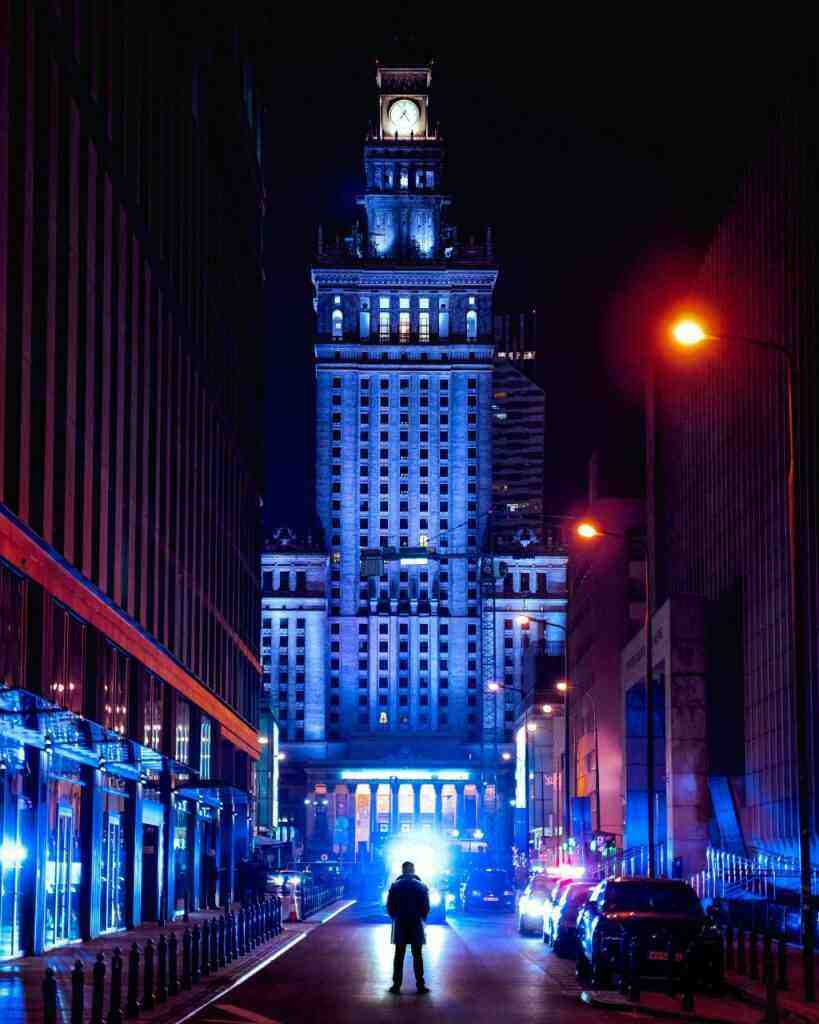Frustration and Economic Losses: A Decade-Long Saga of Oversize Trucks Colliding with Railroad Bridge in Prospect Park
In the heart of Prospect Park, Pennsylvania, a persistent dilemma has plagued the community for decades: oversize trucks repeatedly colliding with the railroad bridge spanning Route 420 and Maryland Avenue. This ongoing issue has resulted in disruptions for local businesses, inconveniences for Amtrak passengers, and mounting repair costs for the bridge’s owner, Amtrak.
A Personal Account: The Impact on Local Businesses
Salvatore Mini, the owner of Mini Reef, an aquarium store situated near the bridge, has firsthand experience with the consequences of these collisions. On January 4, 2024, Mini’s surveillance camera captured a tractor-trailer crashing into the bridge, causing a loud bang that shook his building. The incident forced the road closure for two hours, hindering customer access to his store and resulting in lost sales.
Mini emphasizes the significance of every customer to his small business, expressing the tangible impact of even a single lost sale. The frequent bridge strikes have cumulatively affected his revenue, underscoring the urgency of finding a solution.
Seeking Solutions: The Borough’s Efforts
The Prospect Park borough administration has acknowledged the gravity of the situation and is actively pursuing a resolution. Chief Dave Madonna of the Prospect Park Police Department reports that there have been 21 bridge strikes in the past two years alone. Despite clear signage indicating a clearance of 12 feet 6 inches, truck drivers continue to disregard the warnings, leading to accidents.
In response to these incidents, the police issue citations to the drivers for failing to obey the signs. Subsequently, Amtrak, the bridge’s owner, sends invoices to the trucking companies for repairs and delays caused to the Northeast corridor rail service.
A Shared Responsibility: PennDOT, Amtrak, and Local Stakeholders
The responsibility for addressing this issue lies at the intersection of various entities, including the Pennsylvania Department of Transportation (PennDOT), Amtrak, and local officials. PennDOT suggests that Amtrak could collaborate with the local municipality to install a warning system to prevent substantial damage to the bridge.
However, Amtrak maintains that warning signs and system upgrades fall under the jurisdiction of the road owner, not the railroad. Chief Madonna emphasizes the need for cooperation among all stakeholders to devise a viable solution.
Success Stories: Lessons from Radnor Township
Radnor Township, facing a similar challenge with the King of Prussia Bridge, is implementing a promising solution. The township is installing a dangling metal sign before the bridge. If a truck hits the sign, it will alert the driver to stop and turn around, preventing a collision with the bridge.
Other warning systems, such as infrared beams that trigger flashing lights, are also available. These systems can effectively communicate to truck drivers that their vehicles exceed the bridge’s height limit.
A Call for Action: A United Front for Progress
The residents and business owners of Prospect Park believe that either of these warning systems would effectively address the issue. They recognize the collective impact of the bridge strikes on the community and urge a unified effort to implement a solution.
Conclusion: A Path Forward
The persistent problem of oversize trucks colliding with the railroad bridge in Prospect Park demands immediate attention. The economic repercussions for local businesses, the inconvenience to Amtrak passengers, and the escalating repair costs necessitate a collaborative approach involving PennDOT, Amtrak, and local stakeholders.
The successful implementation of warning systems, as demonstrated in Radnor Township, offers a promising solution. By working together, Prospect Park can mitigate the risks associated with these collisions and pave the way for a safer and more efficient transportation network.
